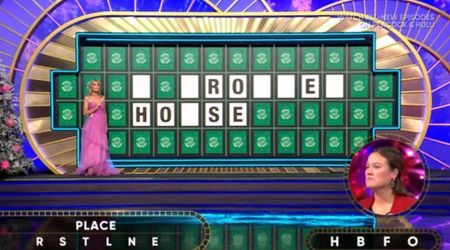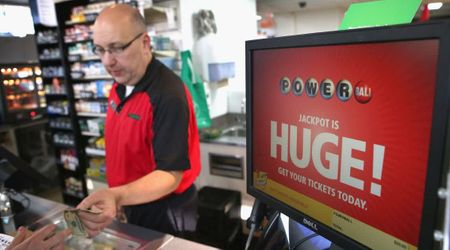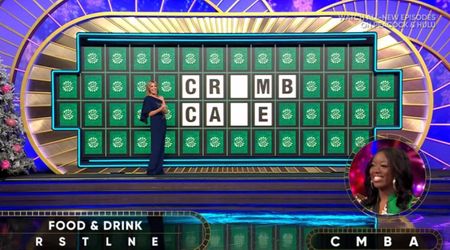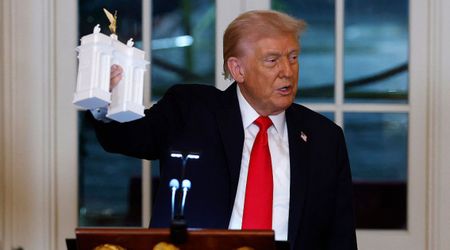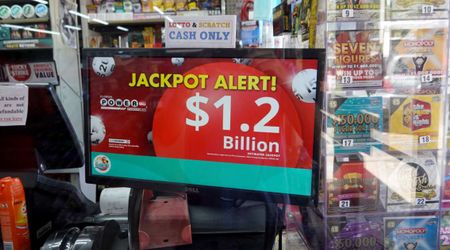'Antiques Roadshow' guest says 'I did not expect that' after hearing the real value of her $3 banjo

It's not unusual to find a musical instrument at a storage unit sale, but things do take an unexpected turn when people bring such things to "Antiques Roadshow." A guest on the show had a similar experience when she walked in with a 1928 Gibson Granada Banjo, which she bought a decade ago for just $3. It amazed the show's expert, Dave Hinson, before he shared crucial information about the provenance of the musical instrument that left the guests in shock with a $7,000 appraisal in the end.

In the episode, the two guests shared the story of how they acquired the beautiful instrument. "I've had it for about eight to ten years. My husband and I went to a storage unit sale. I saw this and another guitar, and I got it, and we've had it for that long a time," the guest told Hinson. She further added that the item was previously appraised at about $2,500 to $4,000, but all she paid for it was $3. The expert who had to ask twice to confirm the amount was amazed to see the item. He explained that the materials used in the instrument included maple back and Brazilian rosewood in the fingerboard. "This [Brazilian rosewood] is endangered, and it requires a CITES certificate and permit to ship outside of the U.S. It's mostly original. This has been added, which is no big deal," he explained to the guests.

Hinson added that the Banjo had a plug on the side, but it wasn't electric. "What it is is, people would put lights inside for their show, which a lot of banjo players did back in the '30s, even the '40s. It has two Christmas lights that are easily taken out. This was a 1928 Gibson Granada banjo," he shared. Hinson added that it was a tenor banjo with a short neck and four strings. "The only issue this has is, there is a crack in the headstock that somebody put a screw in," he commented.

The appraiser assured the guest that it wasn't a big deal, as the damage could easily be fixed. Hinson further examined that the gold plating on the instrument was in pretty decent shape as well. "There's engraving under here, there's some oxidation. You have to be careful what you use to get this off. You can't use solvents, because it will take the plating off, too. Oddly enough, the best thing is saliva, because it's just enough acid to break down the oxidation without damaging the plating," he noted.
Coming to the appraisal, he said, "And there's the damage, but it's pretty minor. But all that is repairable. Considering that this has a retail value of around $7,000." This shocked both the guests, and they said, "Wow! Oh, my. Wow! $7,000?" gasping for air.
The owner told the appraiser that she wasn't expecting to hear that number. "You don't want your three dollars back?" Hinson joked. The guests assured me that they didn't want their $3 back and were still recovering from the shock appraisal. "Man, $7,000. Wow. Never expected that," one of them said. Hinson added that the banjo was quite heavy, which is another sign that it was of great quality and value.

